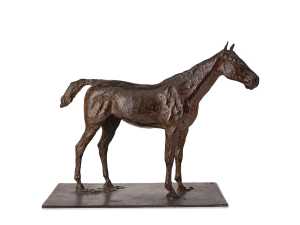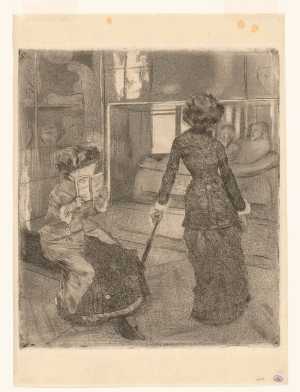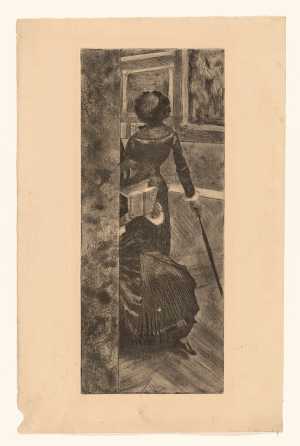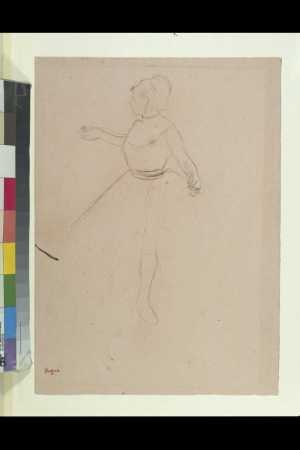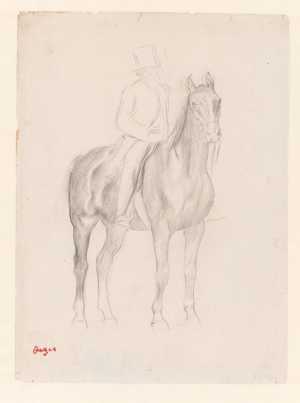Hilaire Germain Edgar Degas was admitted to the Ecole des Beaux-Arts of Paris in 1855. He took a number of study trips to Italy and initially painted mainly portraits and historical pieces. Classical influences can clearly be seen in much of his work. After 1860, his work increasingly shows the influence of the impressionists, with whom Degas spent much time. He became especially famous as a painter and drawer of ballet dancers and bathing women, works in which he wanted to capture the movements of the human body. Around 1880 he started modelling in clay as a study for his paintings. Only at a later age, when his sight began to fail, did Degas concentrate more and more on sculpture.
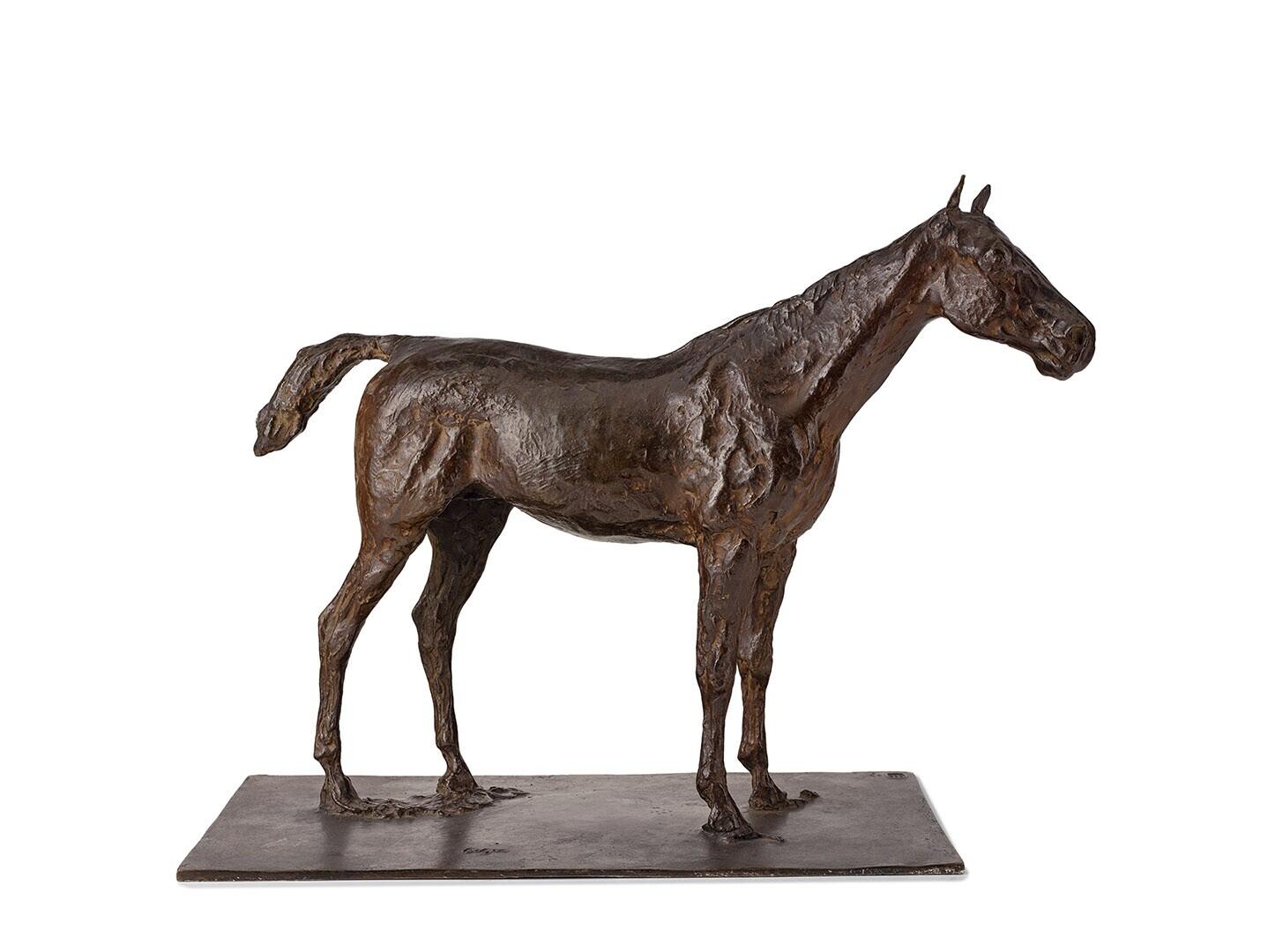
Edgar Degas
Parijs 1834 - Parijs 1917


